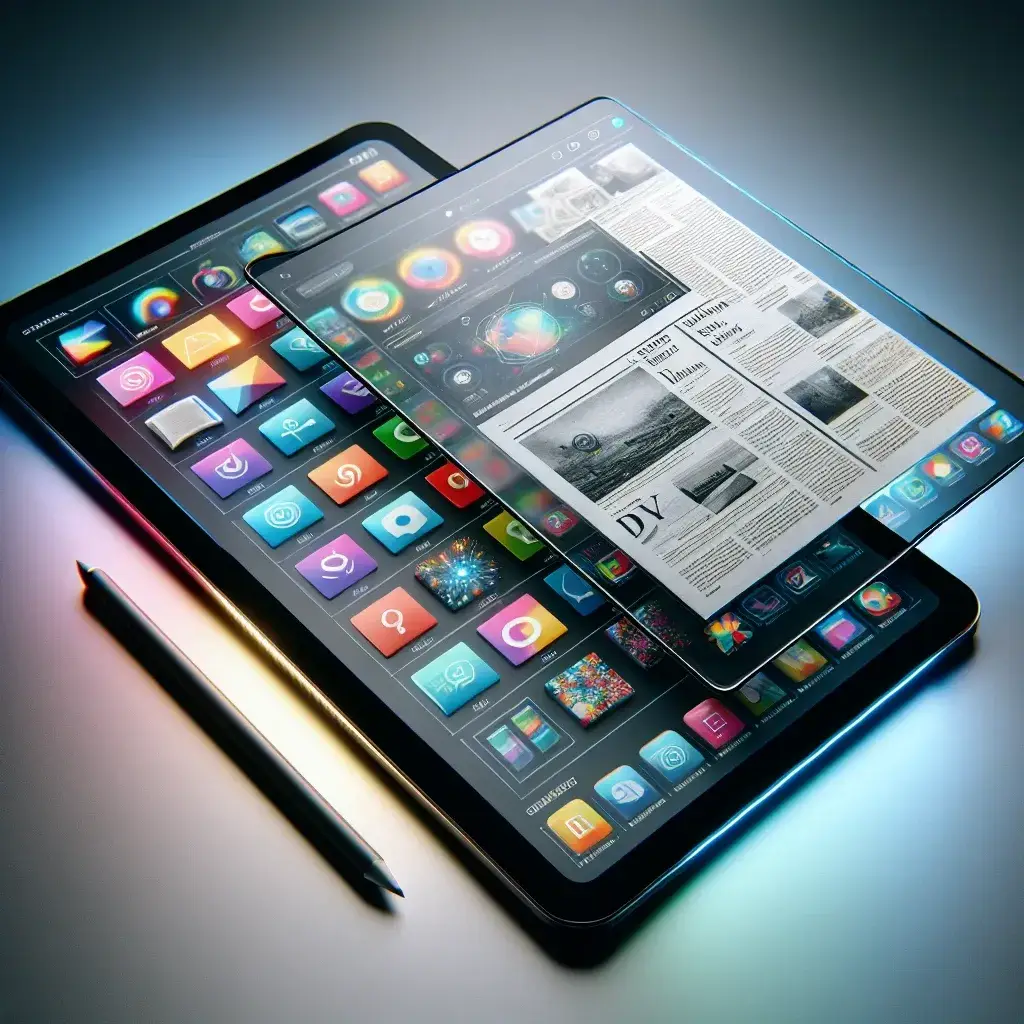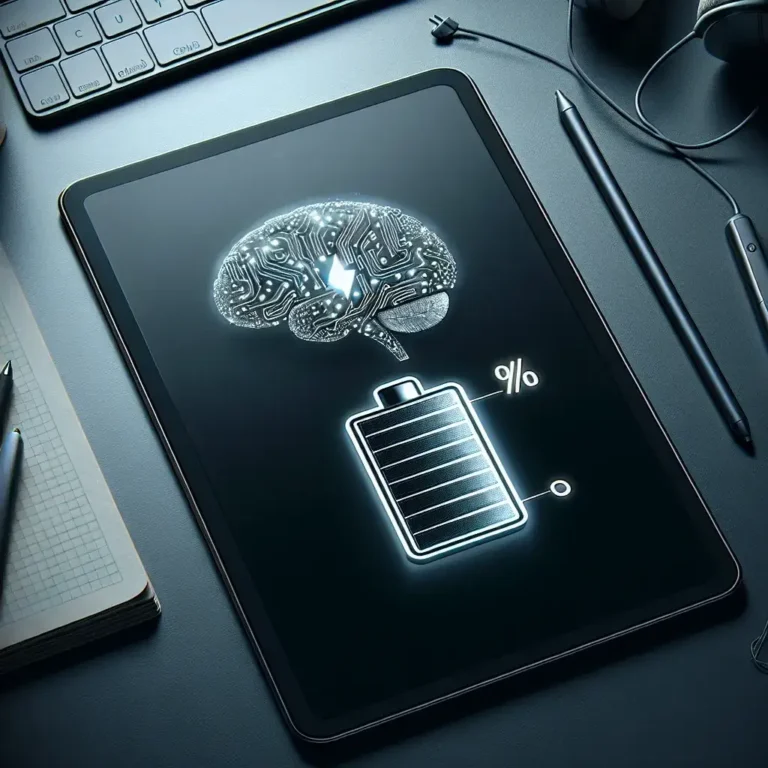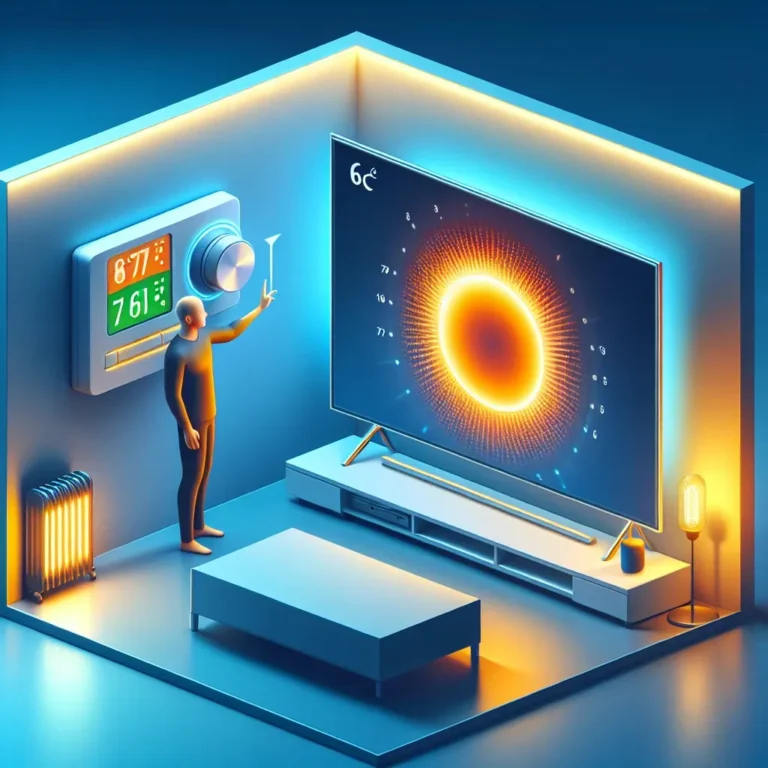
Why are some tablets designed with e-paper secondary displays?
In recent years, the tablet market has seen an innovative shift with the introduction of e-paper secondary displays. These secondary screens are not designed to replace traditional LCD or OLED displays but to complement them, providing a unique set of advantages that cater to specific user needs.
Advantages of E-Paper Secondary Displays
E-paper secondary displays offer numerous benefits, making them a valuable addition to tablets.
| Advantages | Details |
|---|---|
| Reduced Eye Strain | E-paper displays are much easier on the eyes compared to traditional screens. They don't emit blue light, which is known to cause eye fatigue and disrupt sleep patterns. |
| Extended Battery Life | Operating an e-paper display consumes significantly less power than an LCD or OLED screen, thereby extending the battery life of the device. |
| Enhanced Readability | The matte finish of e-paper reduces glare and reflection, making it easier to read in bright sunlight. This feature makes e-paper ideal for reading e-books or viewing documents. |
| Accessibility | For people with visual impairments, e-paper screens can be customized to display larger fonts and clearer text, providing a better reading experience. |
Applications of E-Paper Secondary Displays
E-paper secondary displays have found their way into a variety of applications, enhancing the functionality of tablets beyond typical use cases.
E-Books and Documentation
The primary application of e-paper secondary displays is for reading e-books and viewing documents. The display mimics the appearance of ink on paper, offering a natural reading experience.
Dual-Screen Productivity
Professionals and students can use the secondary e-paper display to view notes, agendas, or other reference materials while working on the main screen. This dual-screen setup can enhance productivity by allowing multitasking without switching between apps.
Energy-Efficient Notifications
Since e-paper displays consume less power, they can be used to show notifications, reminders, or calendar events without significantly draining the battery. This functionality is especially useful in situations where constant access to information is required.
Creative Uses
Artists and designers can benefit from the e-paper display by using it as a sketchpad. Thanks to its low latency and pen support, the e-paper screen can be an effective tool for outlining and drafting ideas.
Technical Aspects of E-Paper Secondary Displays
Understanding the technical makeup of e-paper can help explain why it’s uniquely suited for certain applications.
-
Electrophoretic Technology
Most e-paper displays utilize electrophoretic technology, which involves the movement of tiny charged particles within a liquid medium. These particles rearrange themselves to form text and images when an electric field is applied.
-
Reflective Display
E-paper screens are reflective, meaning they don’t require a backlight to be readable. Instead, they rely on ambient light, much like traditional paper, to make the display visible.
-
Low Refresh Rate
Unlike traditional screens, e-paper displays have a much lower refresh rate. While this makes them unsuitable for video playback or gaming, it’s ideal for static text and images.
Popular Models Featuring E-Paper Secondary Displays
Several high-profile manufacturers have adopted e-paper secondary displays in their tablets, successfully capturing niche segments of the market.
Lenovo ThinkBook Plus
Lenovo’s ThinkBook Plus line features a secondary e-paper display on the cover. This display is particularly useful for taking notes, reading, and checking notifications without opening the main screen.
Hisense A5 Pro
The Hisense A5 Pro is known for its e-paper display, which can switch to a traditional color screen. This hybrid model offers users the best of both worlds, catering to various reading and viewing needs.
Onyx Boox Max 3
Onyx Boox Max 3 uses an e-paper display as its primary screen but also includes a secondary color screen for added functionality. This mix aims to attract users looking for a versatile reading and viewing device.
The Future of E-Paper Secondary Displays
As technology advances, so will the capabilities of e-paper secondary displays. Future models may feature higher resolutions, faster refresh rates, and improved color displays. These enhancements will make e-paper secondary displays even more versatile and capable.
In conclusion, e-paper secondary displays offer unique advantages that make them an excellent addition to tablets. From reducing eye strain to extending battery life and enhancing readability, these displays cater to specific needs that traditional screens cannot easily fulfill. As technology continues to evolve, we can expect e-paper displays to become even more integral to tablet design, offering a blend of functionality and user-friendly features.




Leave a Comment